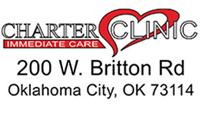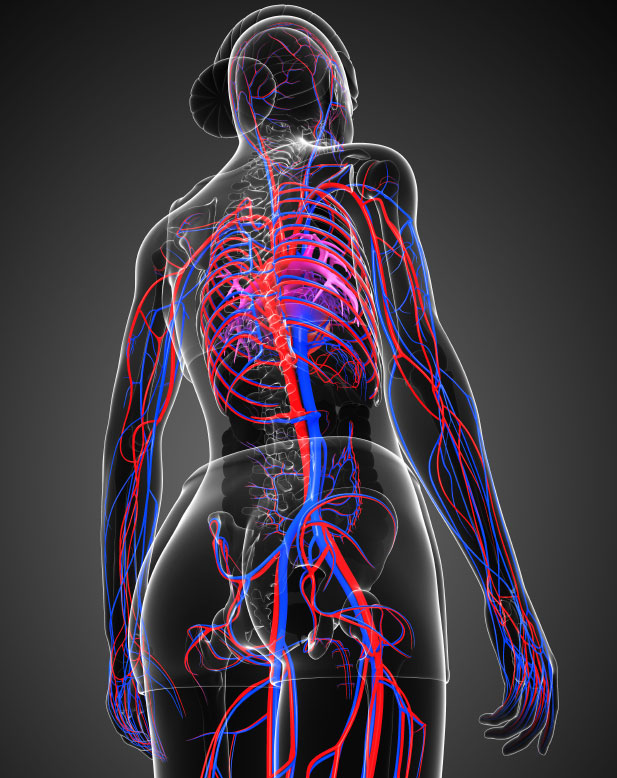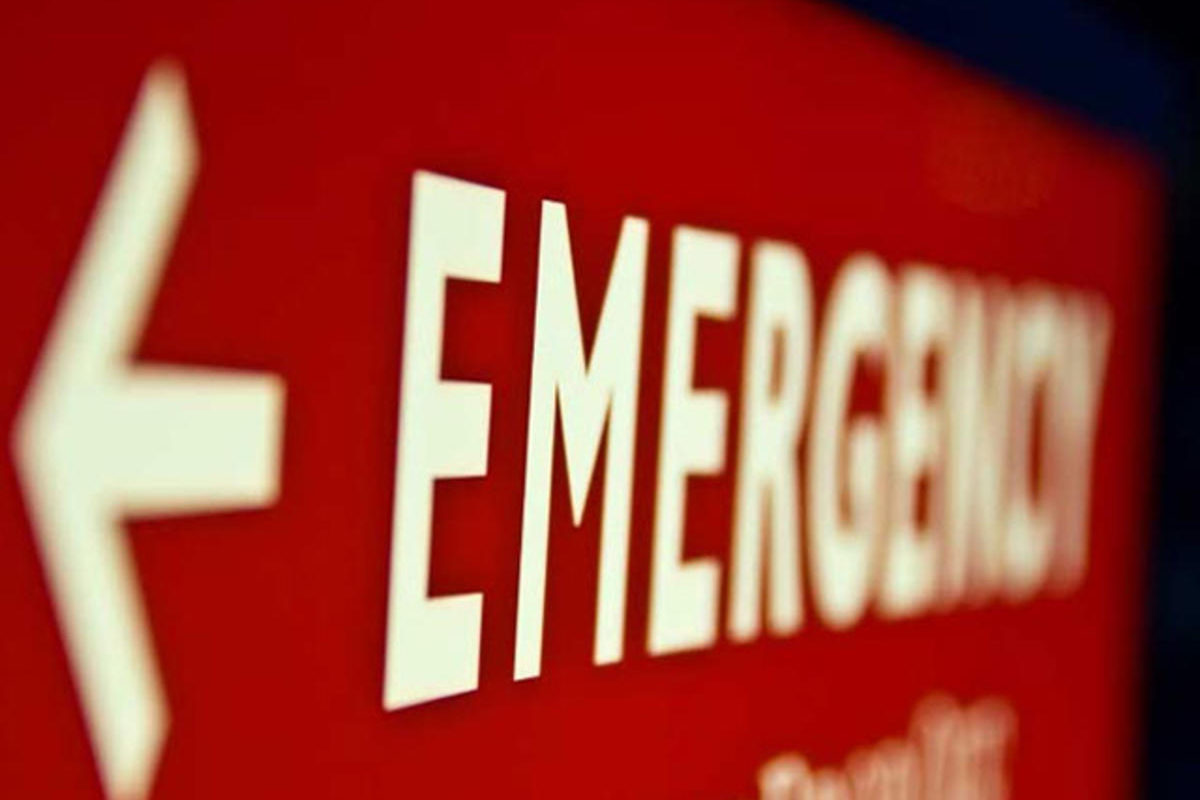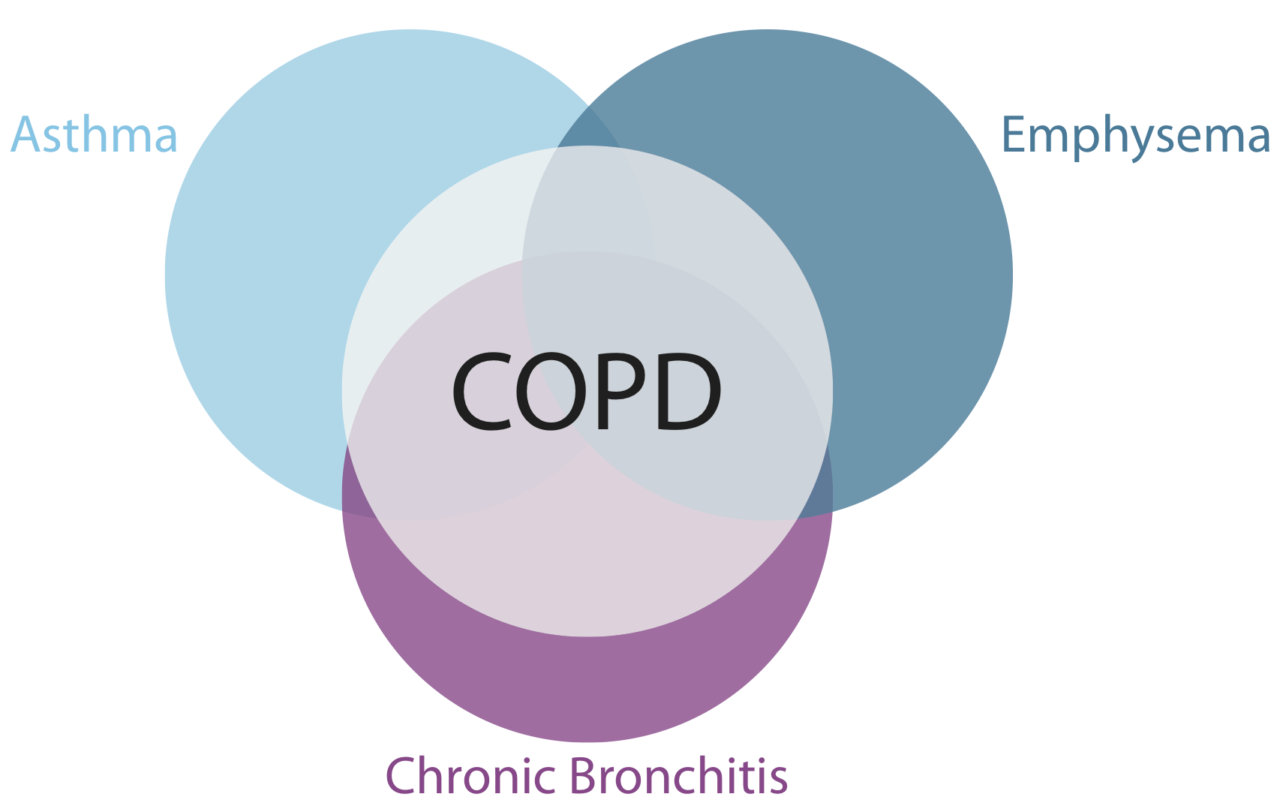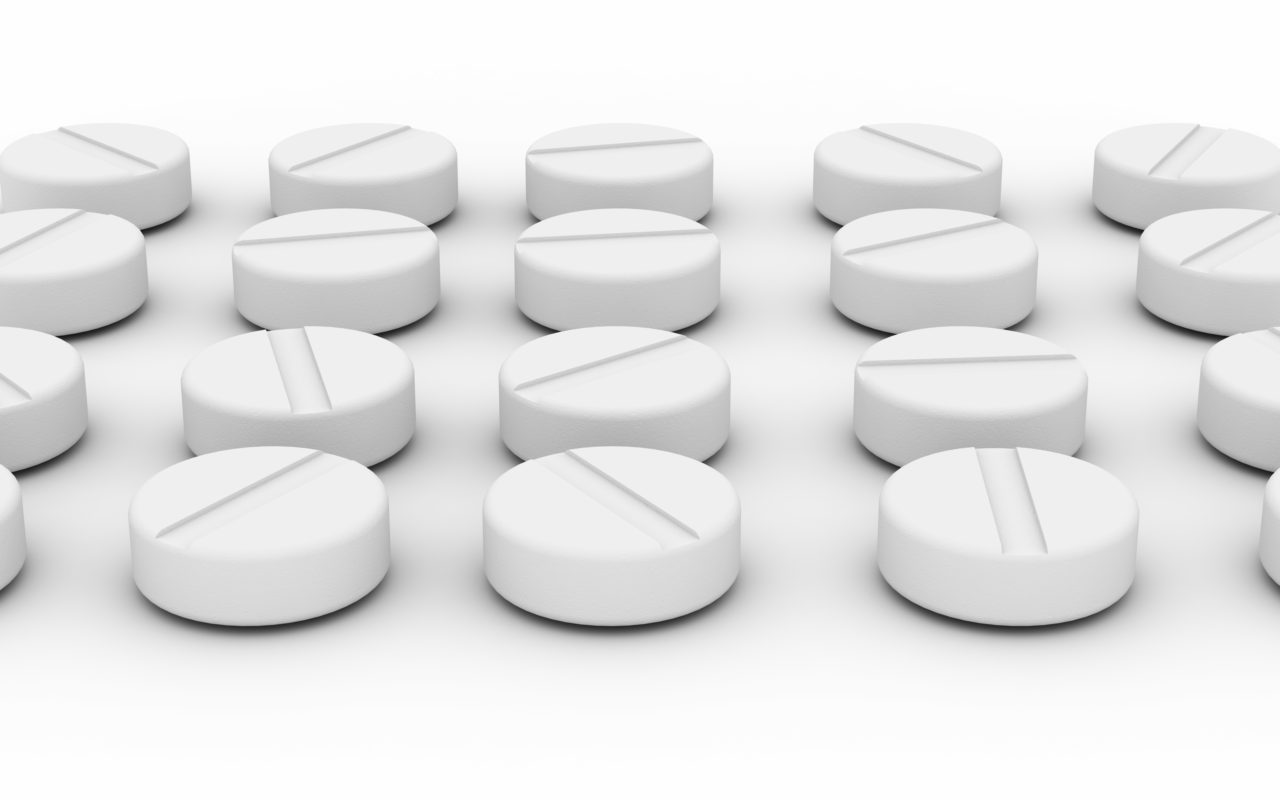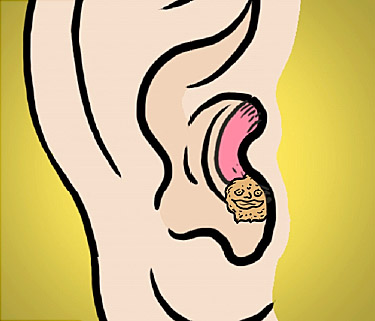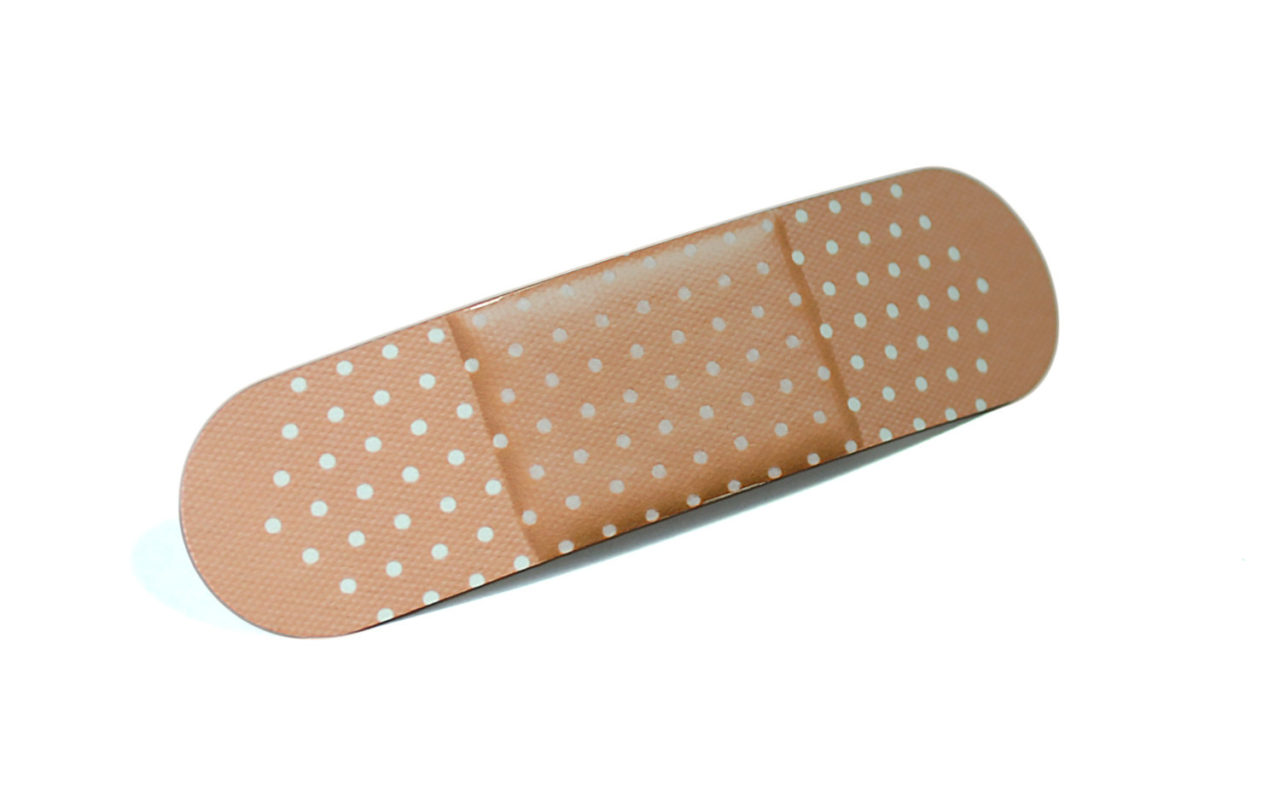Vasculitis: the signs and symptoms!
Systemic Signs and Symptoms
Systemic signs and symptoms are those that affect you in a general or overall way. Common systemic signs and symptoms of vasculitis are:
- Fever
- Loss of appetite
- Weight loss
- Fatigue (tiredness)
- General aches and pains
Organ- or Body System-Specific Signs and Symptoms
Vasculitis can affect specific organs and body systems, causing a range of signs and symptoms.
Skin
If vasculitis affects your skin, you may notice skin changes. For example, you may have purple or red spots or bumps, clusters of small dots, splotches, bruises, or hives. Your skin also may itch.
Joints
If vasculitis affects your joints, you may ache or develop arthritis in one or more joints.
Lungs
If vasculitis affects your lungs, you may feel short of breath. You may even cough up blood. The results from a chest x ray may show signs that suggest pneumonia, even though that may not be what you have.
Gastrointestinal Tract
If vasculitis affects your gastrointestinal tract, you may get ulcers (sores) in your mouth or have stomach pain.
In severe cases, blood flow to the intestines can be blocked. This can cause the wall of the intestines to weaken and possibly rupture (burst). A rupture can lead to serious problems or even death.
Sinuses, Nose, Throat, and Ears
If vasculitis affects your sinuses, nose, throat, and ears, you may have sinus or chronic (ongoing) middle ear infections. Other symptoms include ulcers in the nose and, in some cases, hearing loss.
Eyes
If vasculitis affects your eyes, you may develop red, itchy, burning eyes. Your eyes also may become sensitive to light, and your vision may blur. Rarely, certain types of vasculitis may cause blindness.
Brain
If vasculitis affects your brain, symptoms may include headaches, problems thinking clearly, changes in mental function, or stroke-like symptoms, such as muscle weakness and paralysis (an inability to move).
Nerves
If vasculitis affects your nerves, you may have numbness, tingling, and weakness in various parts of your body. You also may have a loss of feeling or strength in your hands and feet and shooting pains in your arms and legs.
